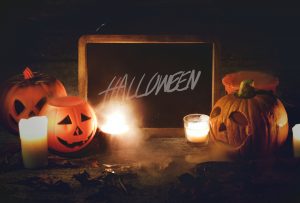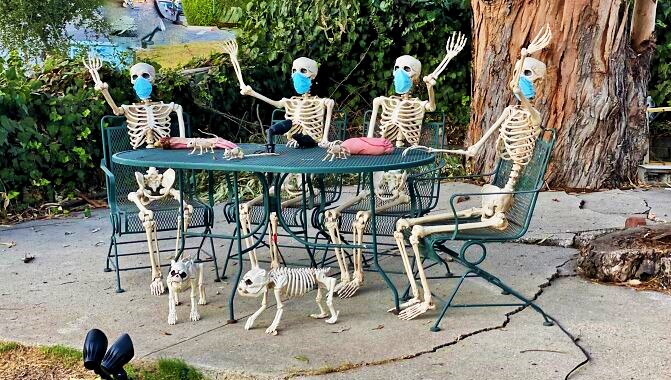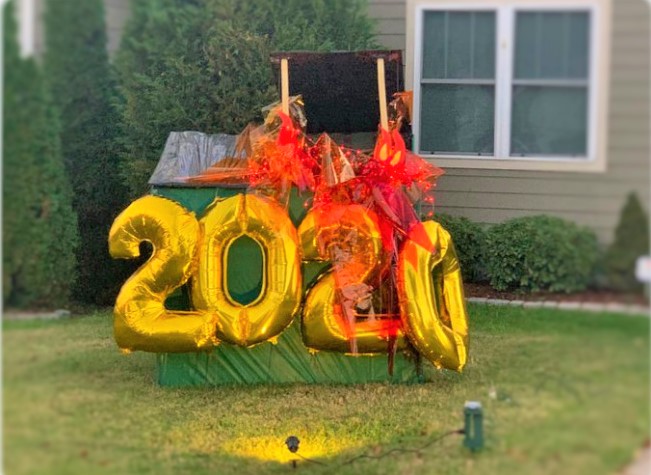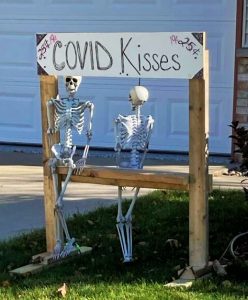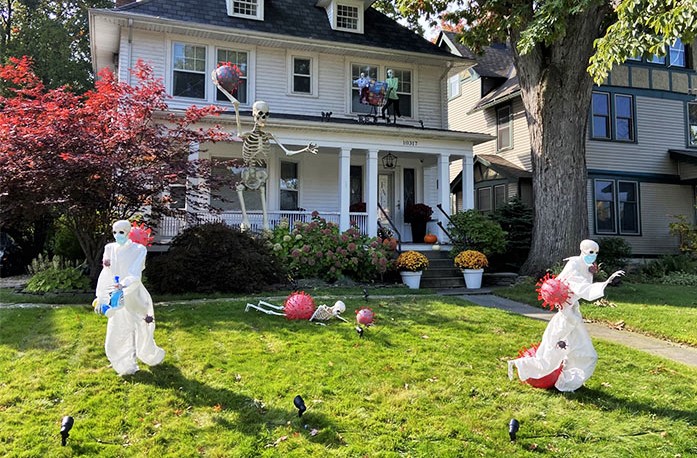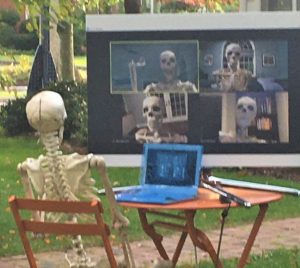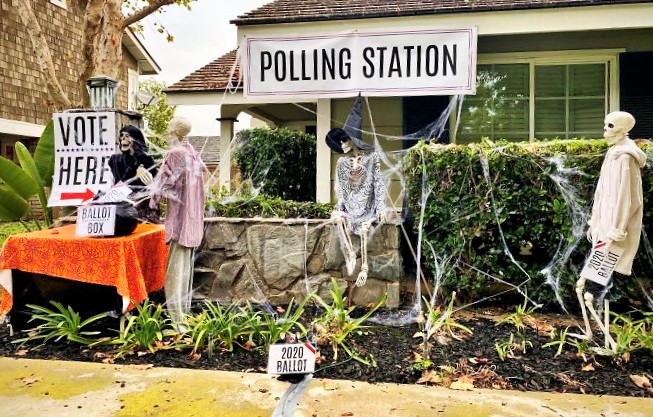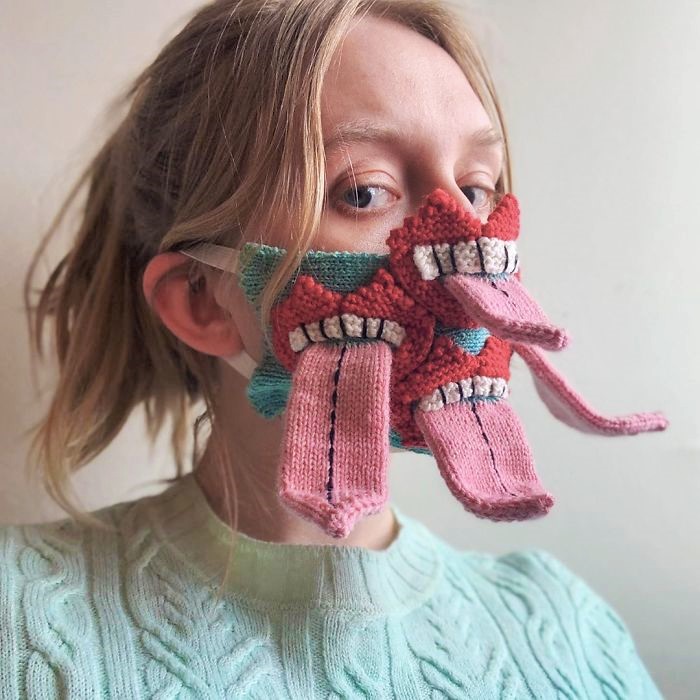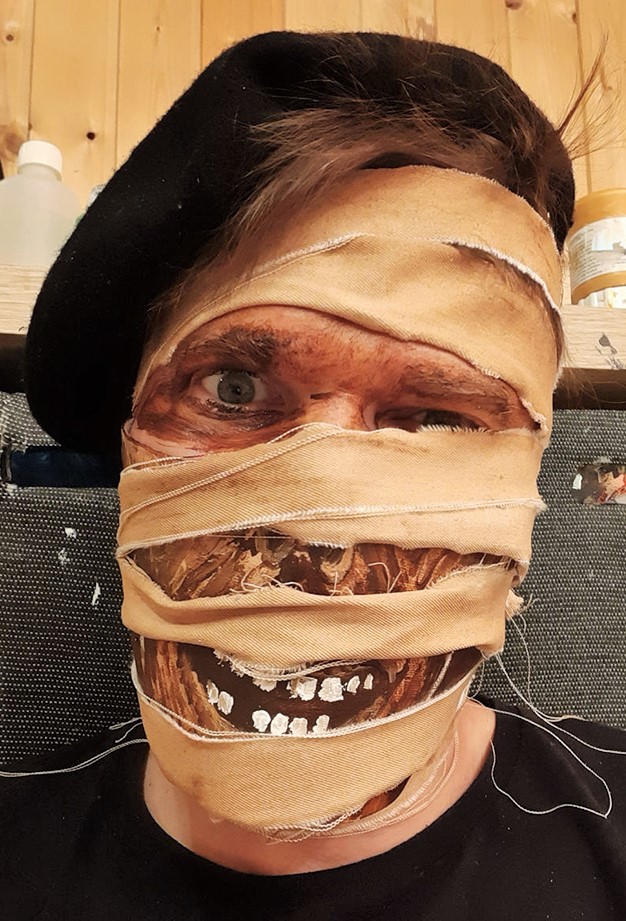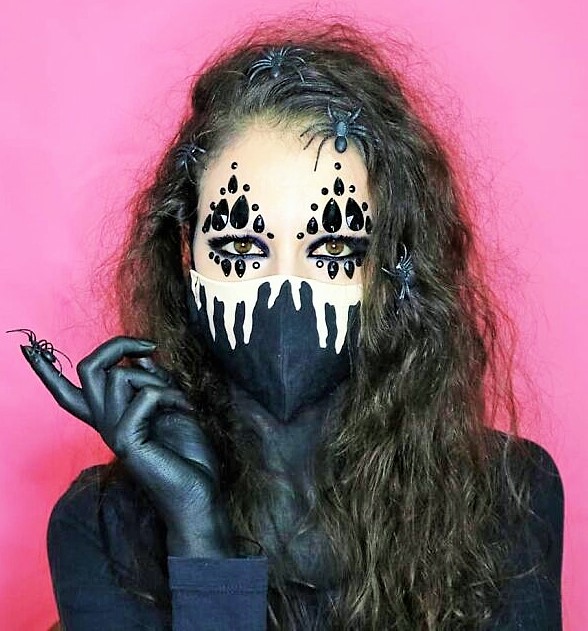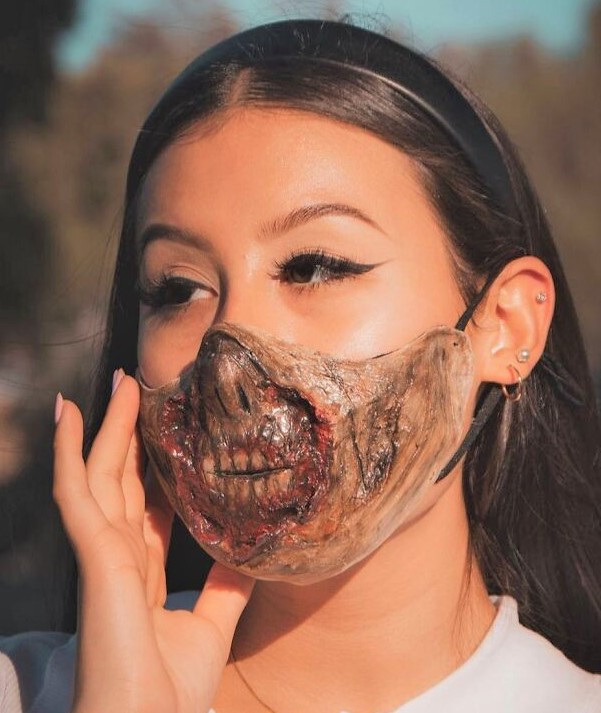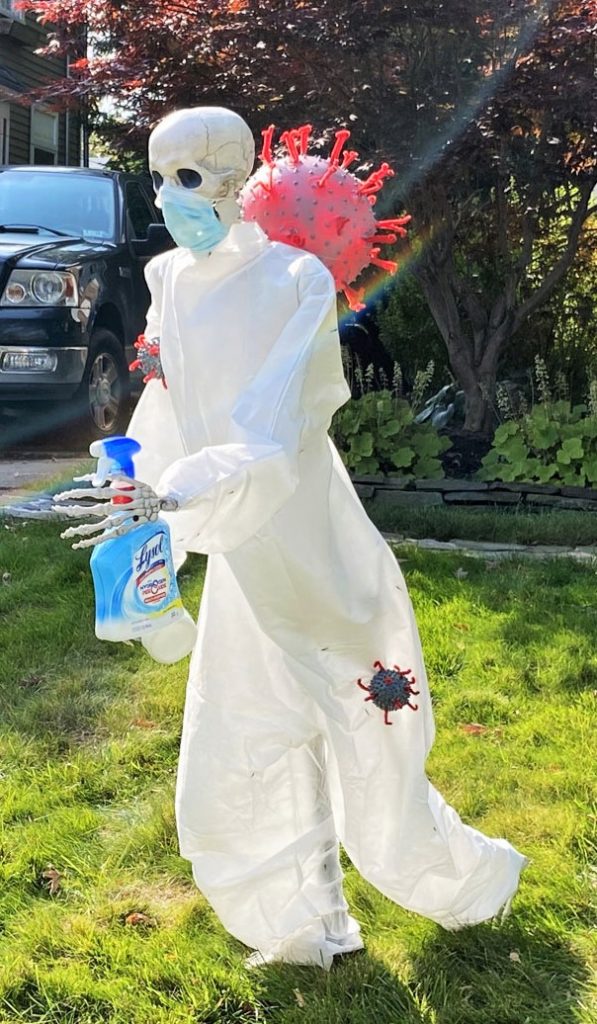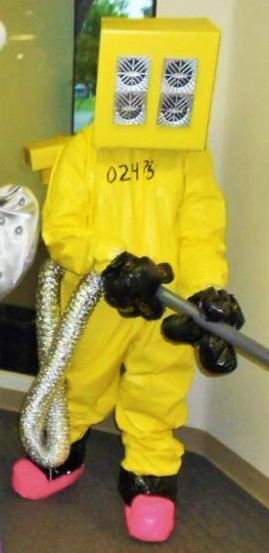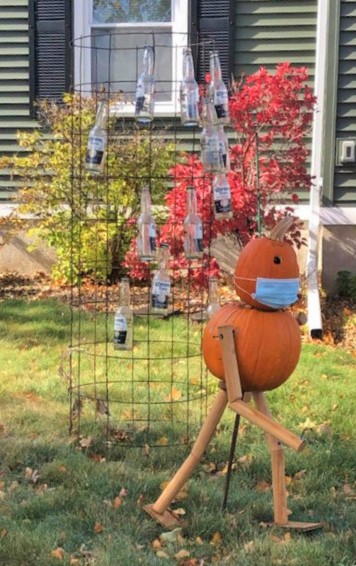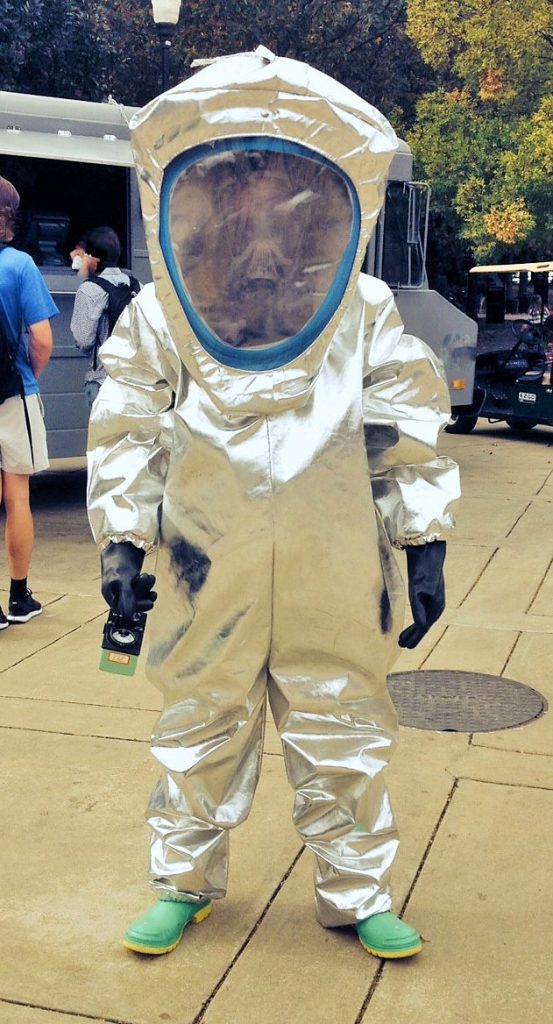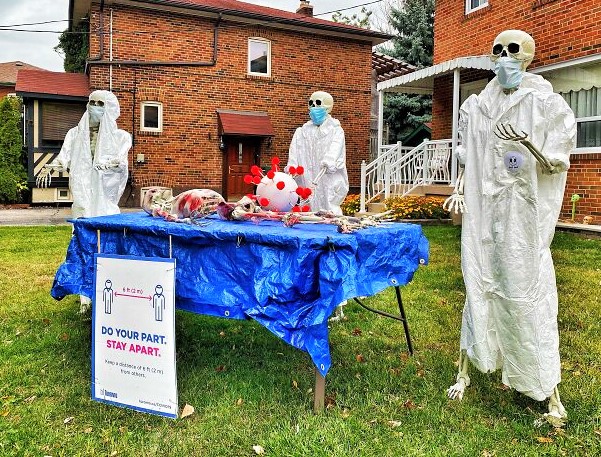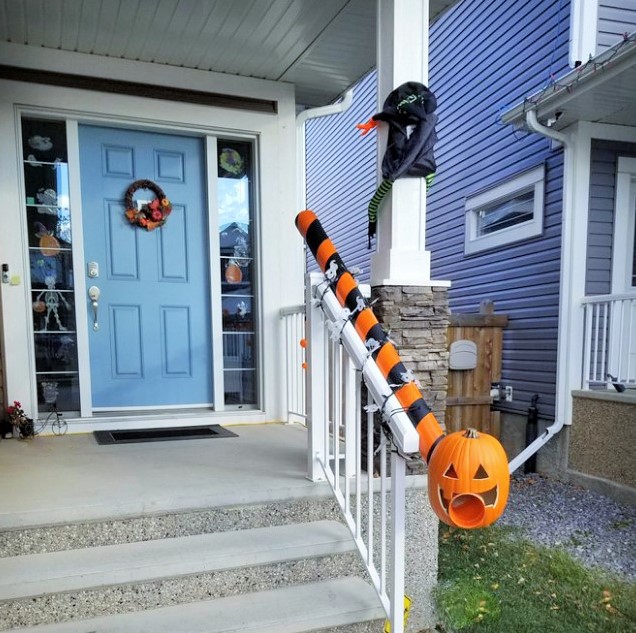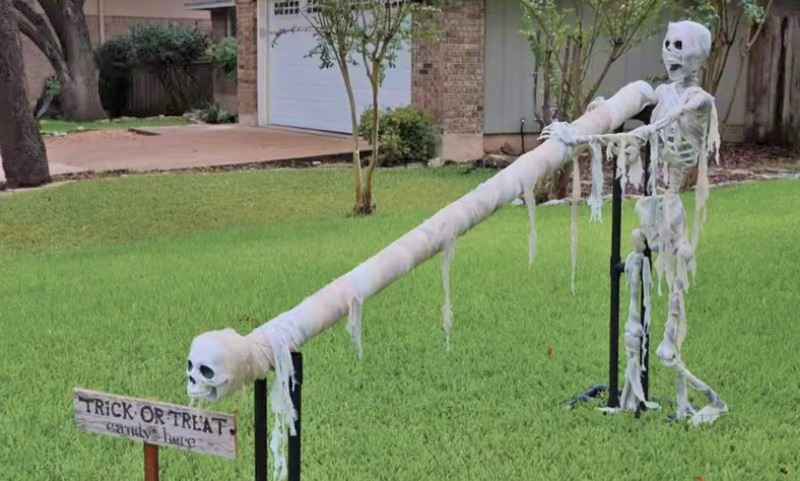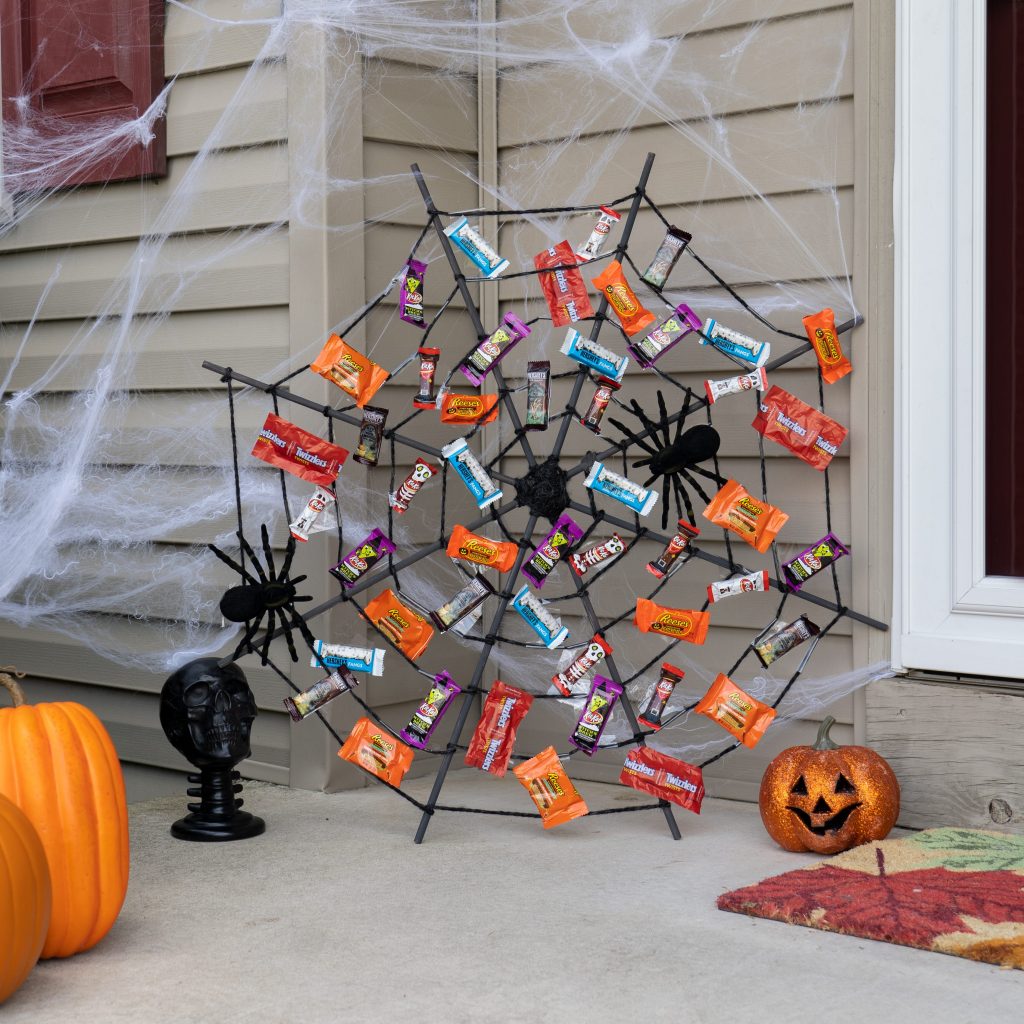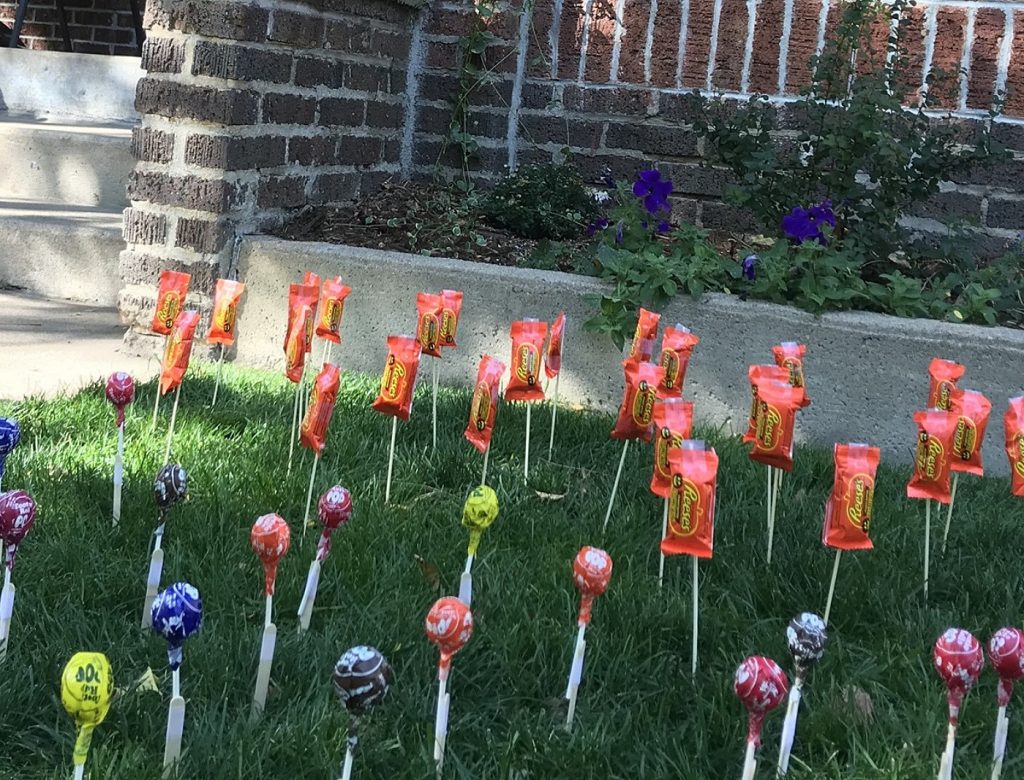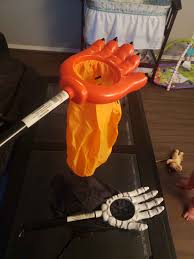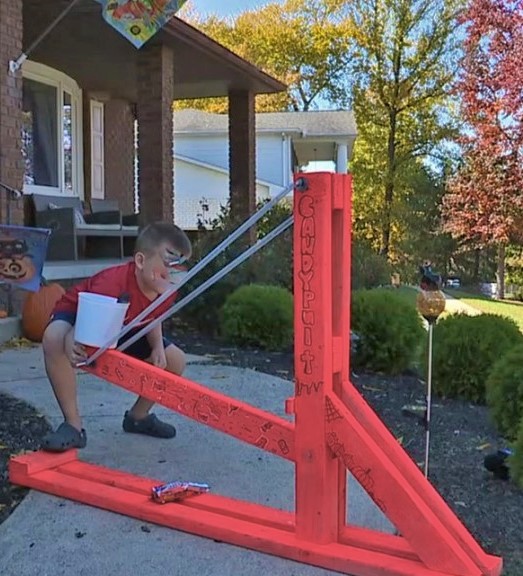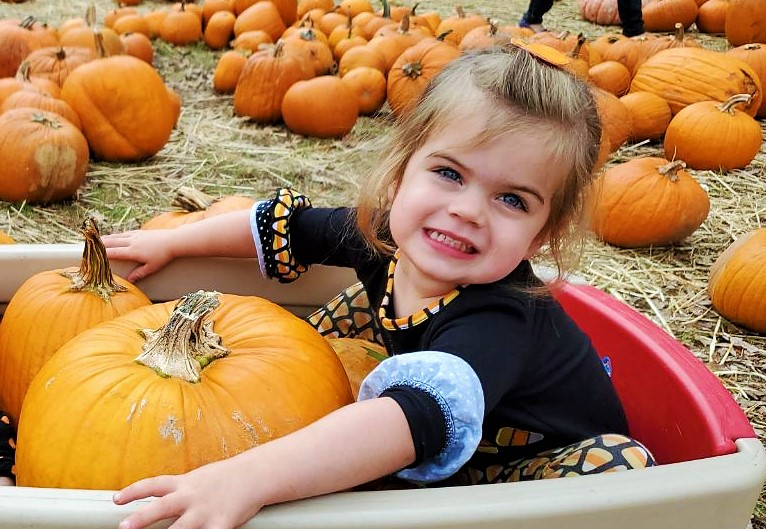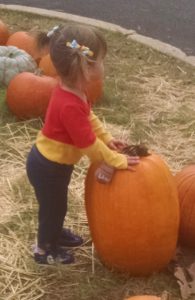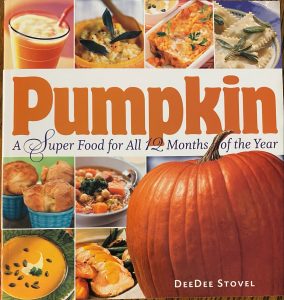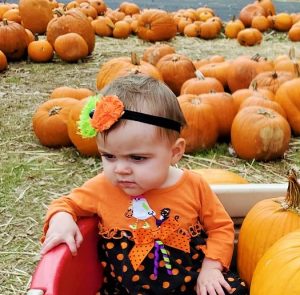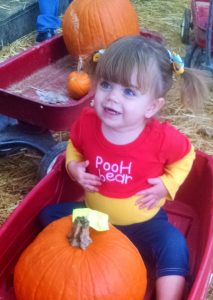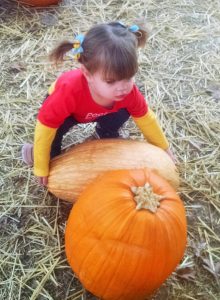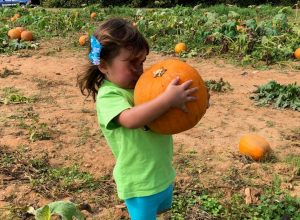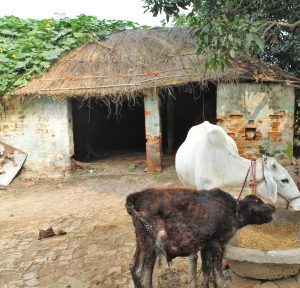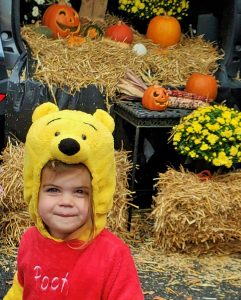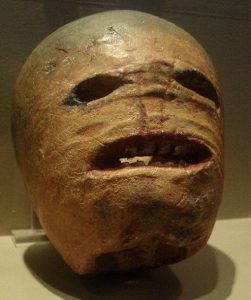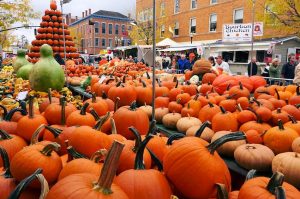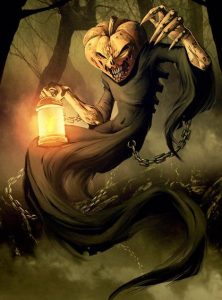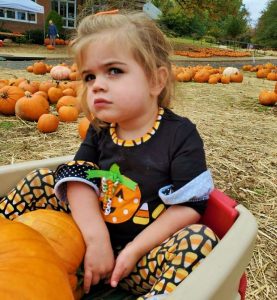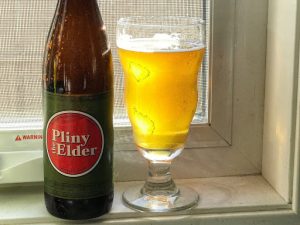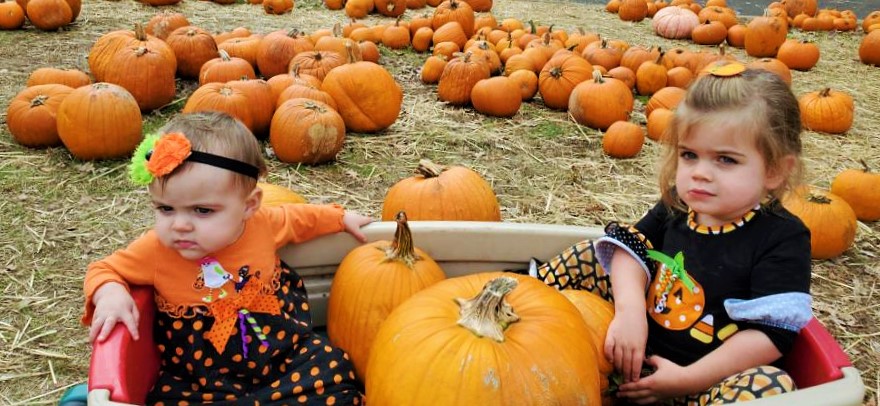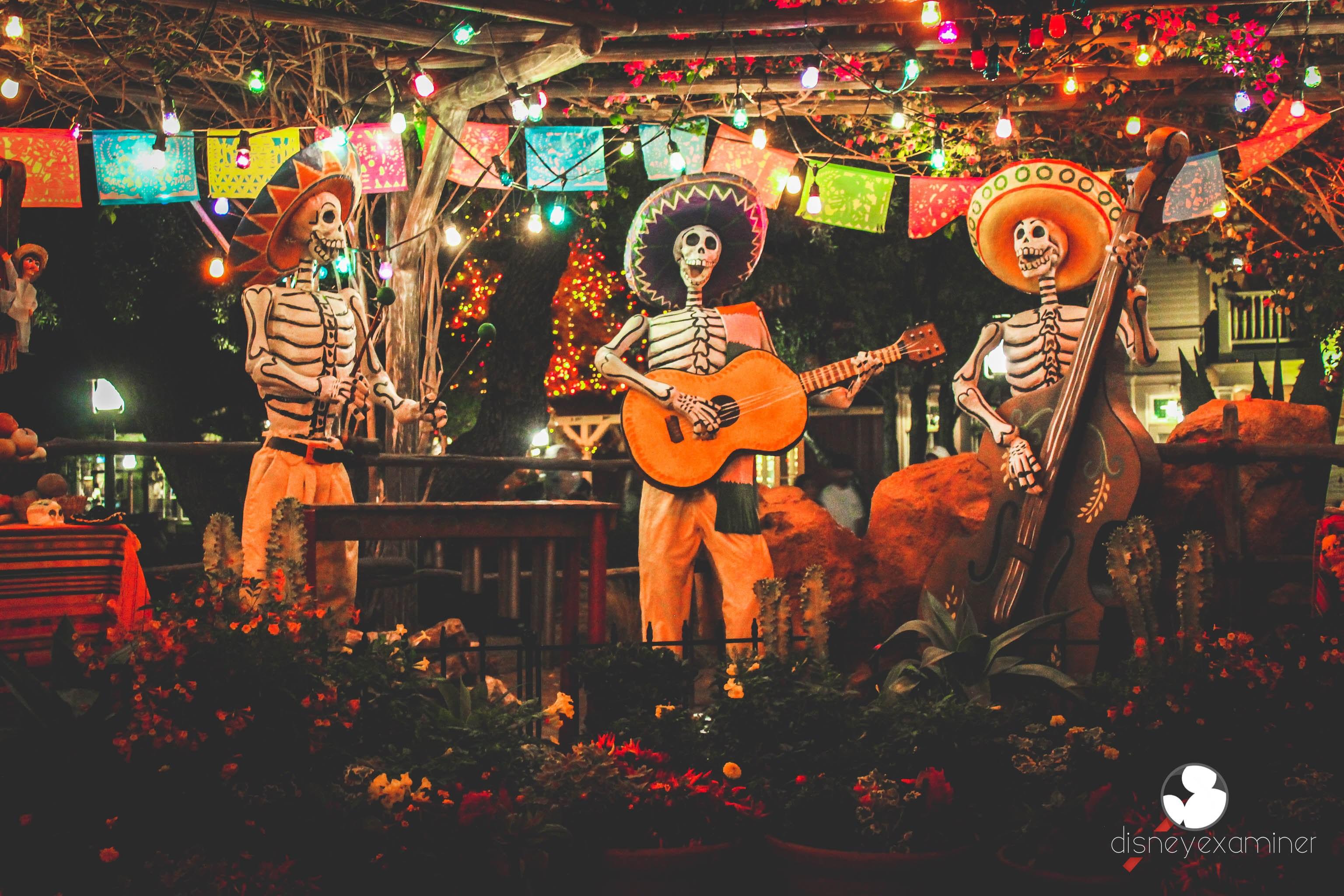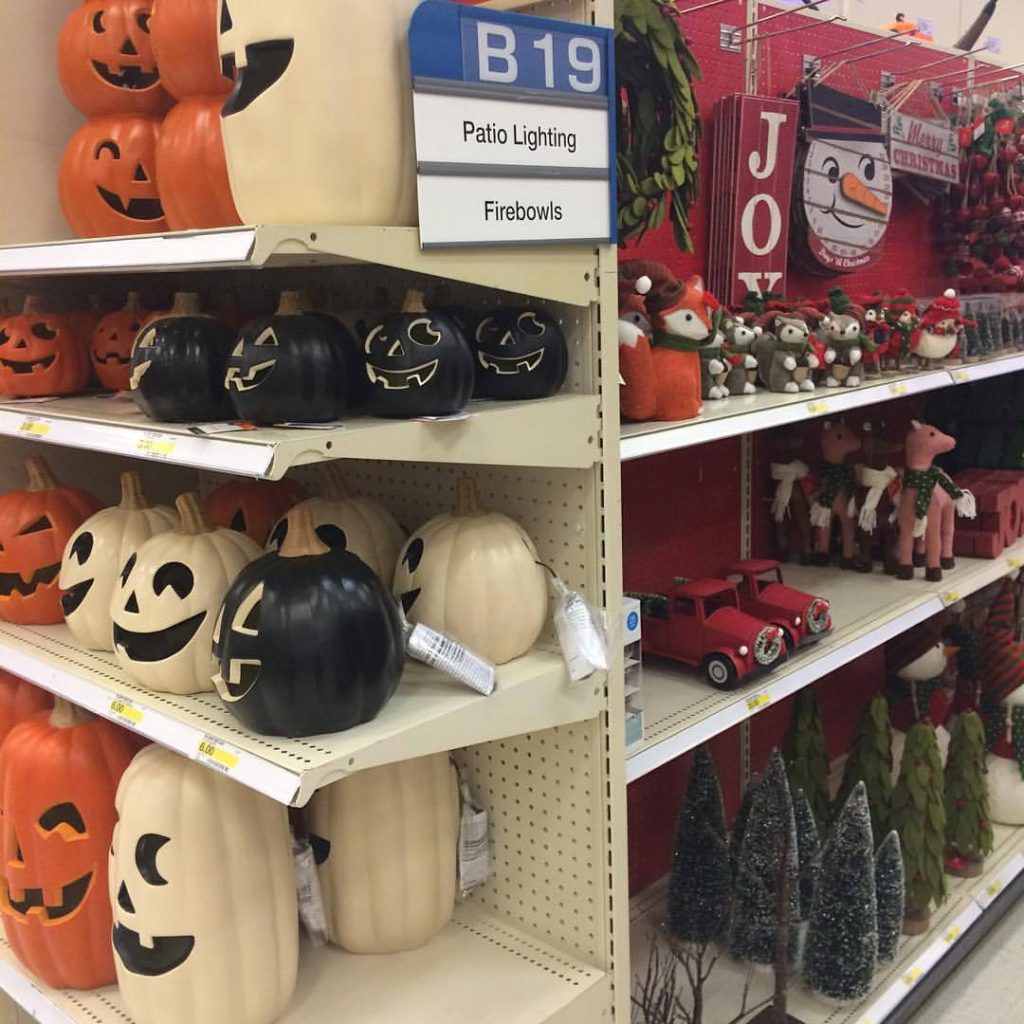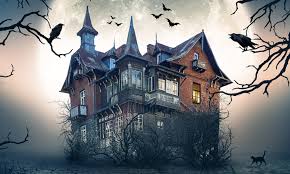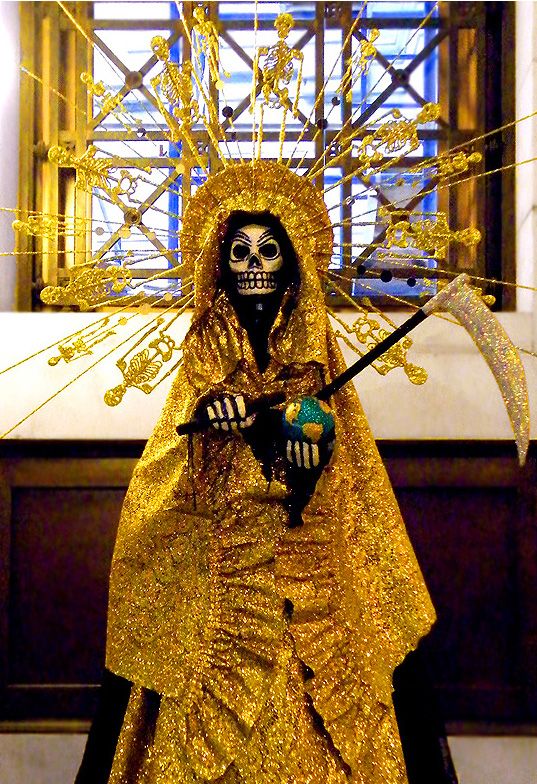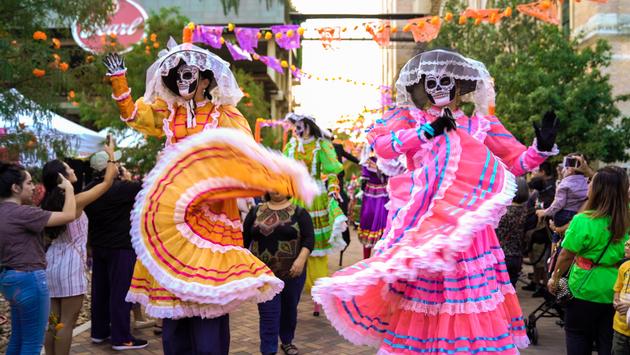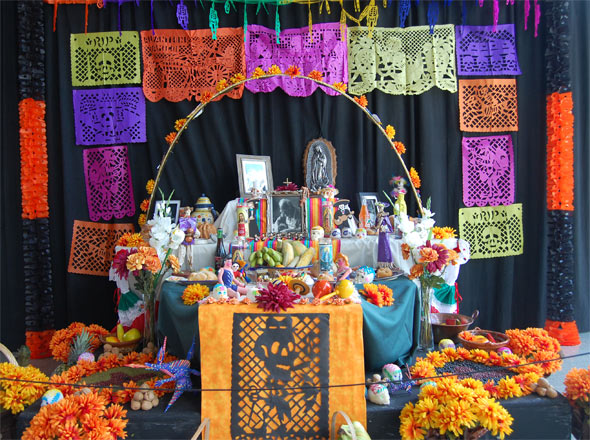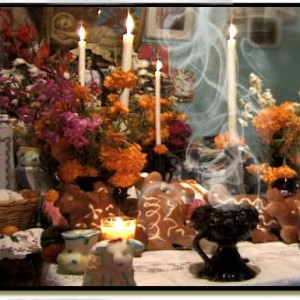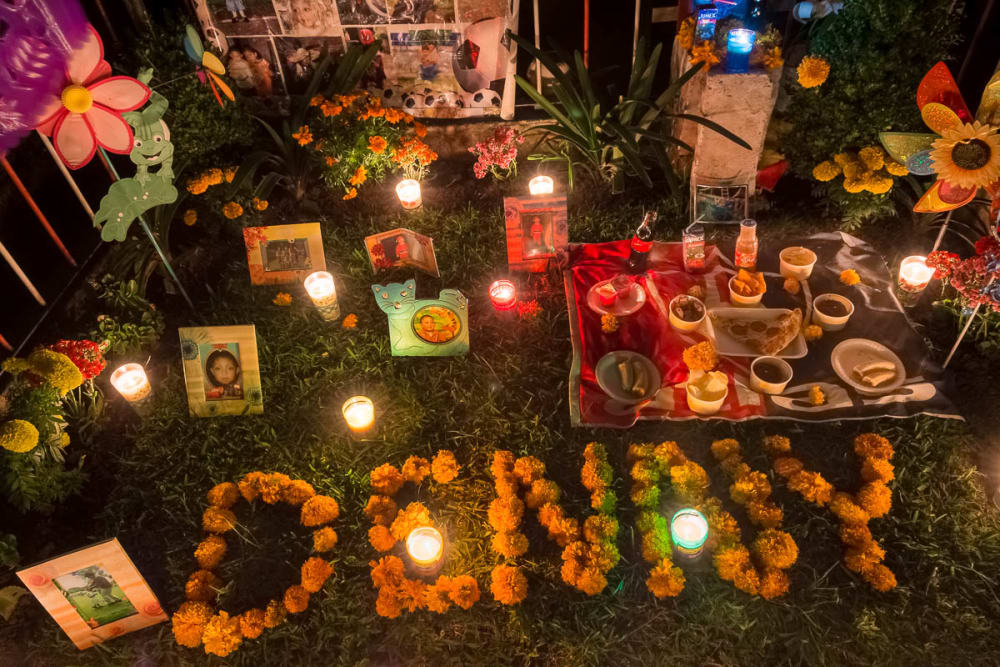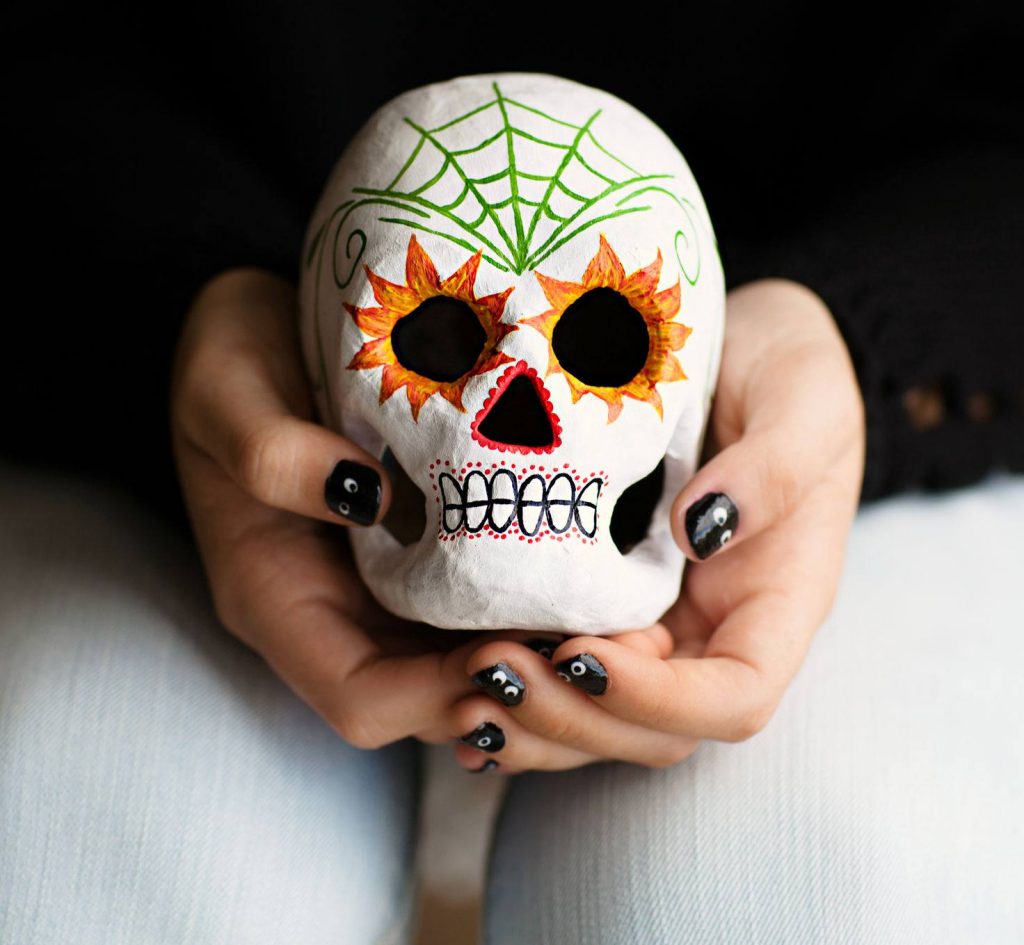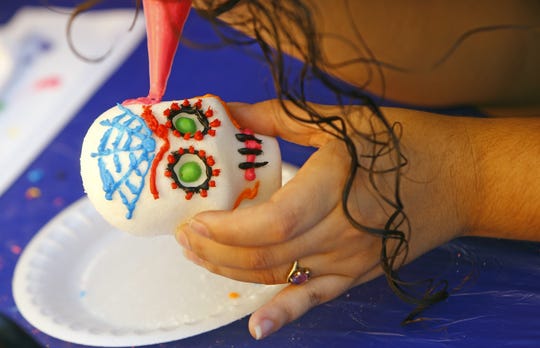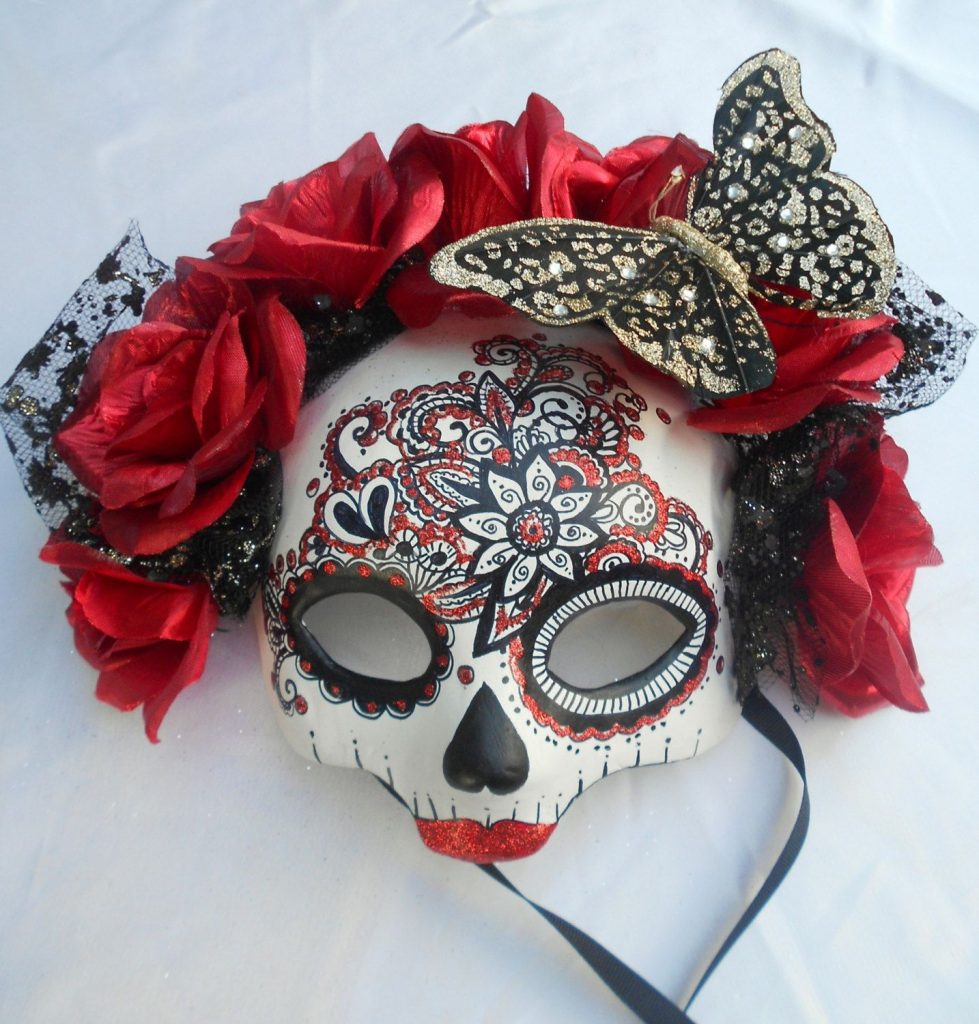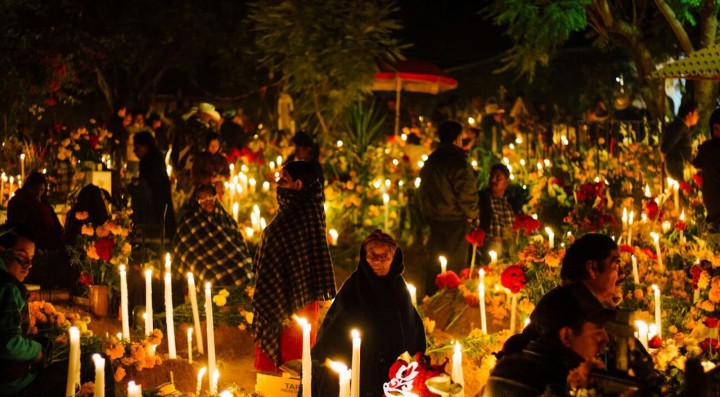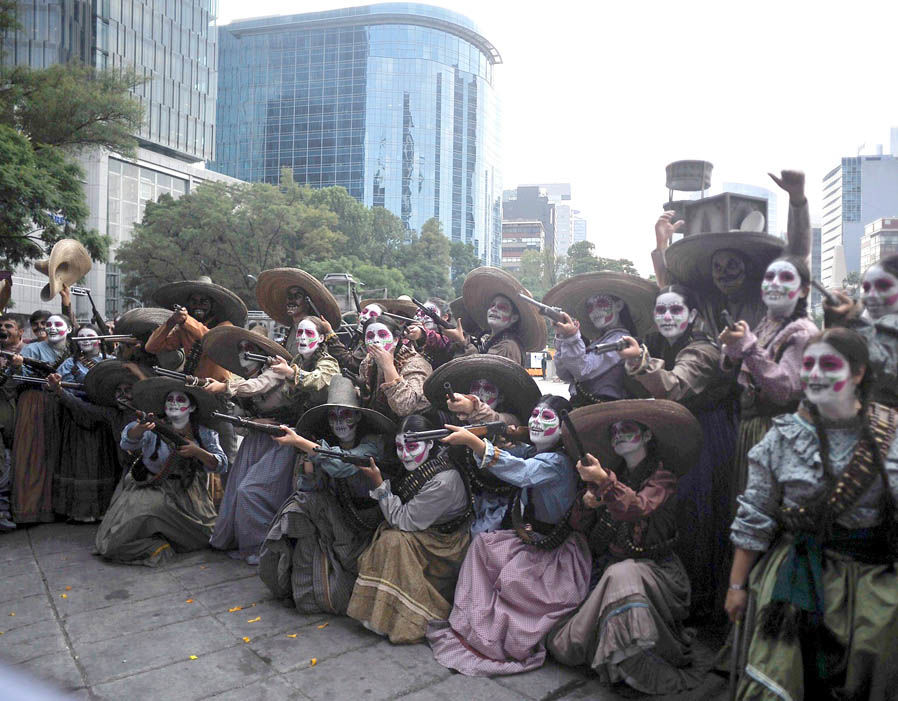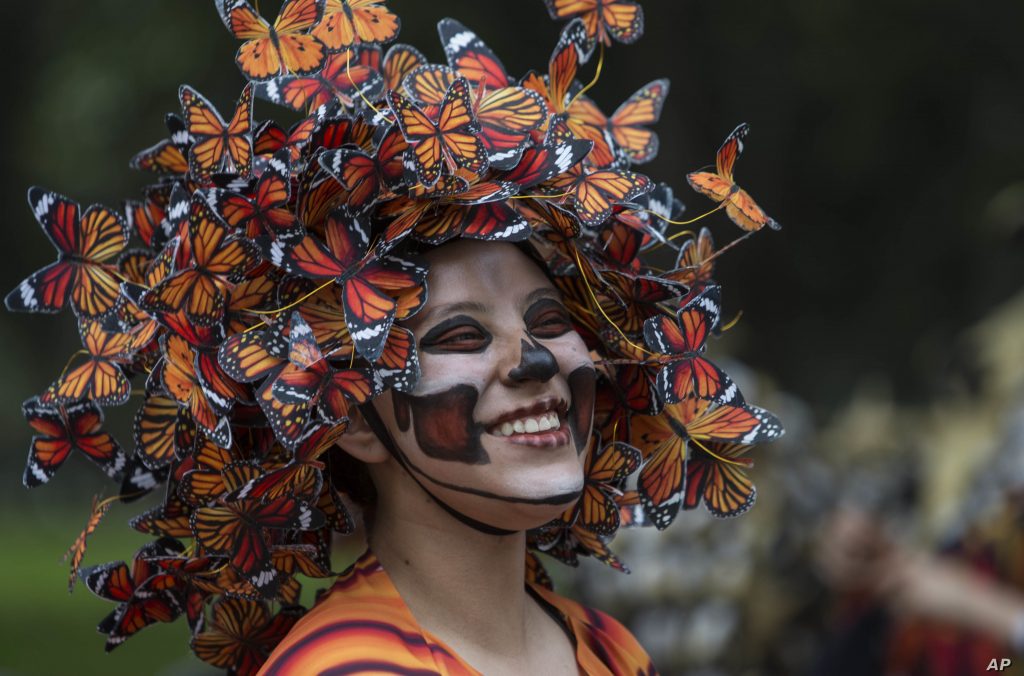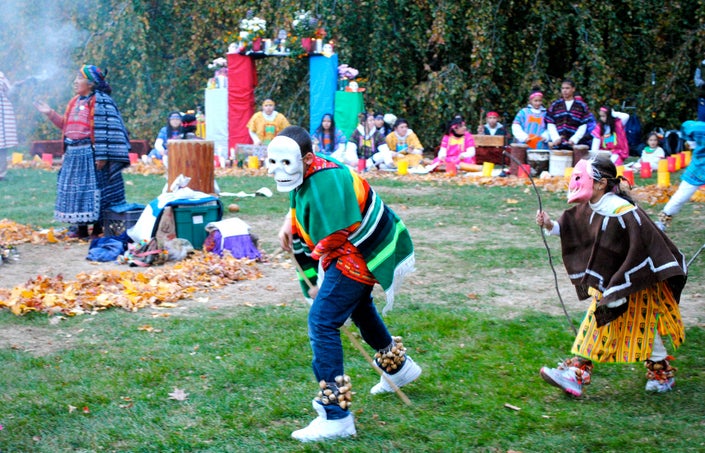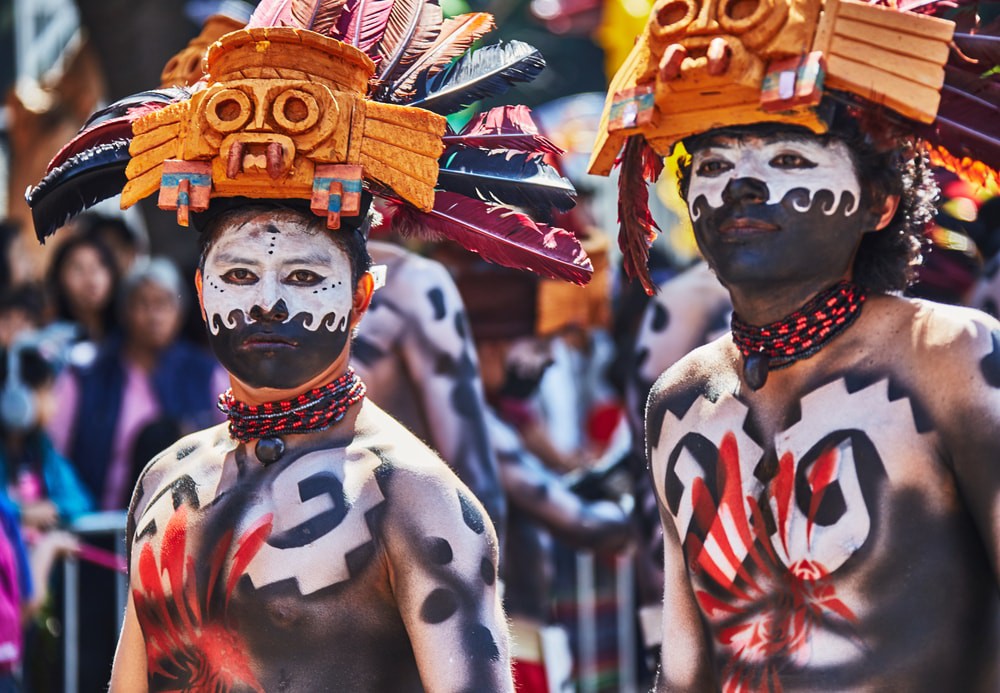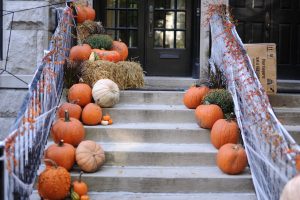
Halloween is second only to Christmas in money spent specifically for the holiday. Americans spend almost $10 BILLION per year on candy, costumes, and decorations. But how many people have considered the meanings of things associated with Halloween? Here, for your edification, is Halloween deconstructed. Many Halloween traditions have their roots in ancient Celtic harvest festivals, especially the Gaelic festival of Samhain. Halloween came to America with the Scottish and Irish immigrants in the 1800s, and was widely popular by the early 1900s. But some modern Halloween traditions were first practiced approximately 4,000 BCE, so it’s no wonder that meanings and traditions have morphed over time.

Skulls, Skeletons, and Bones
Skulls serve as reminders of death and the transitory quality of human life (a reference to Golgatha in Christian tradition). A skull is often depicted with cross bones (St. Andrew’s Cross), a symbol of spiritual perfection.
A skeleton is the personification of Death and sometimes the devil. In alchemy, it is the symbol of blackness and putrefaction which precede transmutation.
In some instances a skeleton symbolizes death in general and the brevity of human life.
Druid priests would throw bones of cattle into the flames and thus bone fire became bonfire. Also, see CATS below.
One superstition is that if an unmarried woman sits in a darkened room and peers into a mirror on Halloween, she will see her marriage future. If a face appears, it will be her future husband. If a skull appears, she will die unwed.
In the United States’ Deep South there lingers a belief that white moss taken from the skull of a murdered man has special magical and medical properties.
Currently skulls represent courage and rebellion, embraced by bikers and others.
Skulls carved from crystal and mineral rocks are thought to be strongly protective and healing.
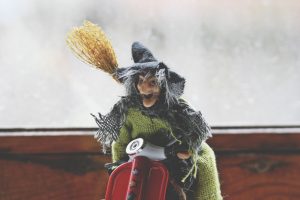
Witches
The word witch comes from the Old English wicce, meaning wise woman. Wiccan were highly respected at one time.
According to popular belief, witches held one of their two main meetings, or sabbats, on Halloween.
Witches and warlocks were regarded as priestesses and priests of devil worship.
In medieval Europe, owls were seen as witches, and have historically been one of the most popular Halloween images.
At various periods in history, witches were believed to be in league with the Devil, and anyone (mostly women) associated with unexplained occurrences was suspected of witchcraft, leading to hunts and trials.
At one time, all cats were thought to be familiars of witches, and witches were believed to be able to turn themselves into cats at will to carry out their evil intentions
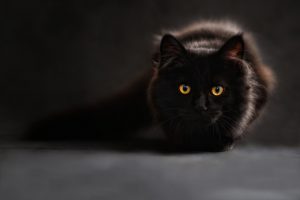
Halloween Animals
Cats. During the ancient celebrations of Samhain, Druids were said to throw cats into a fire, often in wicker cages, as a means of divination. From their association with Samhain, and later witches, cats are now an integral part of Halloween, especially black cats. (see above and below.)
There is a worldwide superstition that a black cat crossing your path will bring good luck. (Be sure to make a wish if it does.) In America, black cats are generally thought to be unlucky—although black and white—and grey—cats are said to be lucky. The international good luck belief in black cats dates back to Egyptian times when one of their most important goddesses was Bast, a female black cat. So, a black cat walking into your house is an omen of good fortune, particularly of money to come.
(Other aspects of cat luck depend on whether you own it or meet it, whether or not it crosses your path, and how many cats are involved.)
Not directly related to Halloween, but in both America and Europe, a white cat is looked upon with some suspicion, and a gray tortoiseshell coming into your home is a bad omen.
Black cats are thought to have curative powers. A little blood from the tail is reputed to heal many minor wounds if rubbed on the affected area. They are also used in rituals to appease the gods, but never killed. To kill a black cat is extremely bad luck.
During the Middle Ages, Satan was believed to take the form of a black cat while consorting with witches.
Cats are not just cats. Druids believed that cats were humans who were being punished for evil acts during their lives. Opposite: Buddhists believed that cats were the temporary resting places of extremely spiritual people. Related: In Japan, it was believed that spirits of the dead sometimes take the form of female cats. Cats have long been believed to be the familiars of witches. (See above.)
A cat on top of a tombstone signals that the soul of the body buried beneath was possessed by the devil.
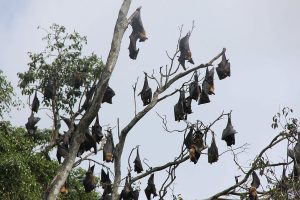
Although in the East, bats are a good omen, in the West, they are considered harbingers of evil. It’s a creature of mystery and darkness, coming out at night and mysteriously disappearing at dawn (as witches were also thought to do).
In the Middle Ages bats were believed to be in league with the devil and in partnership with witches. A bat was called the witches’ bird.
Bats were thought to be able to transform themselves into human form or that of a wolf or other unrelated species.
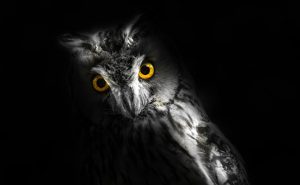
Owls are associated with both wisdom and doom. There are lengthy myths and beliefs going back to the Greeks and Romans and probably earlier. For Halloween purposes, I’ll focus on the doom beliefs. One superstition is that hearing an owl’s call is a sign that someone is about to die.
In Vedic mythology of the Hindus, Yama, the god of the dead, had owls and pigeons as his messengers.
An owl shrieking during the day heralded an impending defeat in battle, a plague, sickness, or death. In rural communities, the owl is still seen as an evil omen.
Native Americans believed the owl wasn’t a real bird but the spirit of the dead, taking that form to warn of approaching death. In addition, the hooting of the owl was sometimes the dead communicating with the living. The owl was supposed to be the heartbeat of the dead person who came to tell news in the gloom of midnight.
A Seminole Indian who hears an owl call whistles back. If the owl doesn’t answer the whistle, s/he believes s/he has received the summons of approaching death.
When a single crow caws near a house it is announcing an approaching calamity. If it flies to the left, it is a sign of bad news.
When a crow is seen immediately before or after a wedding ceremony, the unhappy couple will divorce.
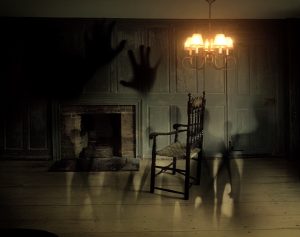
Ghosts and Ghouls
Although Celtic folklore is full of ghosts, driven by both good and evil intentions, generally it’s unhealthy to meet a ghost.
Ghosts embody, and in a sense symbolize, fears of beings who dwell in another world.
The Druid Thanksgiving for harvests occurred on October 31. It was the feast of Saman, lord of Death, who called together the souls of all the wicked ones who had been condemned to inhabit the bodies of animals during the year. The good souls were believed to take human form, but it was impossible to tell the real human beings from the ones inhabited by ghosts.
Good souls entered the body of another human being for the occasion, but wicked ghosts had to roam around in search of an abode.
It was believed that any harm that might be inflicted by a wicked soul could be lightened by gifts.
Medieval people believed that cats and rabbits were inhabited by evil souls. When these animals were seen on the ground where the dead were supposed to rest forever, they were taken for ghosts in disguise.
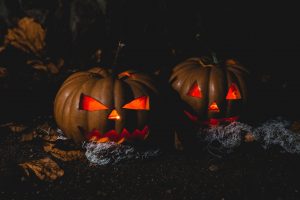
Jack-O’-Lanterns
Originally, a jack-o’-lantern was intended to light the way of a wandering spirit, denied entry into either heaven or hell. Carved pumpkins are a New World variation on an old Irish tradition.
The Irish Celts invented the jack-o’-lantern. According to folklore, Stingy Jack was out drinking with the Devil and convinced him to turn himself into a coin to pay for their drinks without spending money. He put the devil coin in his pocket with a silver cross which kept the Devil from changing back. He promised to free the devil if the Devil wouldn’t bother him for a year, and if he died, the Devil could never claim his soul. Subsequently, he tricked the Devil another time or two. When Jack finally died, God found him unfit for heaven, but the Devil had promised never to claim his soul for hell. So Jack was sent to roam the earth with only a burning coal for light.
Stingy Jack put the coal in a turnip and became Jack of the Lantern. The Irish carved jack-o’-lantern from turnips, beets, and potatoes to scare away Stingy Jack and any other spirits.
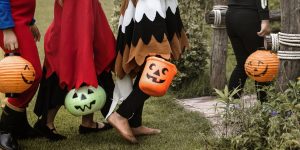
Halloween Costumes
Halloween costumes are an offshoot of an ancient Celtic belief that dressing up as ghouls and other spooks would allow them to escape the notice of real spirits roaming the streets during Samhain. Traditional Halloween costumes reflect supernatural beings such as vampires, ghosts, skeletons, witches, devils, or other monsters.
According to ancient Roman records, people in today’s France and Germany wore costumes of animal heads and skins to connect to spirits of the dead.
One belief was that people who wear their cloths inside out and then walk backwards on Halloween will see a witch at midnight.
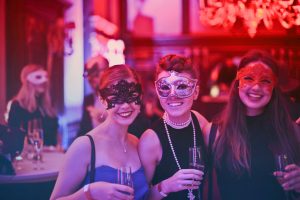
Early celebrants of Samhain often disguised themselves as evil spirits by simply blackening their faces. This may be the earliest form or “false faces,” as masks in Ireland were known.
Among the Iroquois, their False Face dances originate from Flint, the evil one of their Twin culture-heroes, who rules over darkness.
Masks sometimes carry magic power which protects their wearers against sorcerers and those who would harm them. On the other hand, members of secret societies use them to impose their will through fear.
Masks are agents to control the movements of spiritual energies scattered throughout the world and all the more dangerous for being unseen. Masks are designed to subjugate and control the invisible world. Trap them to stop their wandering.
Halloween Colors
Orange is known as a symbol of strength and endurance, often represented today by pumpkins, carved or not. FYI, A New Hampshire man has grown the largest pumpkin ever recorded in U.S. history – weighing in at an incredible 2,528 pounds. Steve Geddes of Boscawen, N.H., won $6,000 in prize money at the Deerfield Fair for his first place pumpkin on September 29, 2018.
As a color midway between yellow and red, it’s primary symbolism is that of the balance point between the spirit and the libido.
Black is frequently seen as a symbol of death and darkness, a reminder that Halloween festivals once marked the boundaries between life and death.
Black is most often seen as cold and negative, nothingness and chaos, confusion and disorder, a symbol of evil, and the color of death.
Black is the color of melancholy, pessimism, sorrow, and misfortune.
Brown and gold are typically the symbolism of autumn and harvest. Corn stalks and hay bales are common representatives today. Scarecrows symbolize the agricultural roots of Halloween.
Brown is the color of earth and excrement. At various times, in various cultures, it has been the color of melancholy, humility, poverty, and sadism.
In Ireland, brown shared all the underworld and warlike symbolism of black.
Gold and light are symbols knowledge leading to immortality. If it is used well, in the search for knowledge, it brings happiness. Otherwise it brings disaster. The color gold and the pure metal are solar symbols, but “minted gold” is a symbol of perversion and the exaltation of unclean desire, the spiritual degraded to the level of the material, the immortal to the mortal.
In Greek tradition, gold is associated with the sun—and thus fertility, wealth, dominion, a center of warmth, love and generosity, the fire of light, knowledge and radiance.

Halloween Treats
In ancient times, the Celts put treats on their doorsteps and in the streets to provide offerings to placate the spirits who roamed the streets at Samhain, a sacred festival that marked the end of the Celtic calendar year.
“Souling” is a medieval Christian precursor to modern trick-or-treating. On “Hallowmas” (Nov. 1) the poor would go from house to house, offering prayers for the dead in exchange for soul cakes.
Early door-to-door begging involved the poor seeking coins.
Some trace trick-or-treating to the practice of mumming or guysinging, which involved costumed people going door-to-door performing prepared dances, songs, and plays in exchange for treats. This was common in Ireland, Scotland, the Isle of Man, and Wales.
The first known mention of trick-or-treating in North America was 1927, in Canada.
Halloween Superstitions
October 31 is traditionally the time when the spirits of the dead are allowed a last fling before winter sets in. In Ireland, it’s said that if you hear footsteps behind you on that night, it is one of the dead following you and you never look around lest you see him or her and soon become one of them.
During celebrations of Samhain, bonfires were lit to ensure that the sun would return after the long, hard winter. Even earlier, worshipers of Baal, the Syrian sun-god, built fires in his honor about the same time of year as Halloween. Around 837, when Pope Gregory IV declared Nov. 1 as All Saints Day, people believed that ghosts and goblins were abroad on the eve of All Saints Day and built great bonfires to keep them away.
To banish evil spirits, walk around your house three times backward and counterclockwise before sunset on Halloween.
The Name and Associated Tidbits
Hallowe’en dates back to about 1745 and is of Christian origin. Halloween is short for Hallows Eve, which was the evening before All Hallows (sanctified or holy) Day, also known as Hallowmas on Nov. 1.
In Mexico, people dress up like ghouls and parade in the streets to celebrate The Day of the Dead on All Saints Day (Nov. 1) and All Souls Day (Nov. 2).
Teng Chieh (Lantern Festival) is one Halloween celebration in China in which dragon and other animal lanterns are put out to guide spirits back to their earthly homes. Food and water to honor their deceased loved ones are placed by ancestral portraits. In Hong Kong Yue Lan (Festival of the Hungry Ghosts) includes fires, food, and gifts to placate angry ghosts looking for revenge.
San-Apple Night and Nutcrack Night are names derived from the ancient Roman Festival of Pomona, the goddess of fruits and seeds. Halloween customs and games that feature nuts and apples (such as candied apples and bobbing for apples) have their roots here. Apples are strongly associated with the otherworld and immortality, while hazelnuts were associated with divine wisdom.
In some American towns, Halloween was referred to as Cabbage Night, and the use of cabbage in a Scottish fortune-telling game. BTW, there are many old traditions in which girls can “see” their future husbands on Halloween. Several other fortune telling activities involve apple peels, pairs of hazelnuts near open fires, salty oatmeal bannocks, or items symbolizing the future hidden in food (e.g., a cake), or stones around the remains of a bonfire.
Besides those mentioned above, Halloween has been called Witches Night, Lamswool, Snap-Apple Night, and Summer’s End.
BOTTOM LINE: Everything associated with Halloween has deep roots and multiple meanings. Know what you’re symbolizing! And incidentally, make your characters know, too.
FYI: Samhainophobia is the fear of Halloween!
